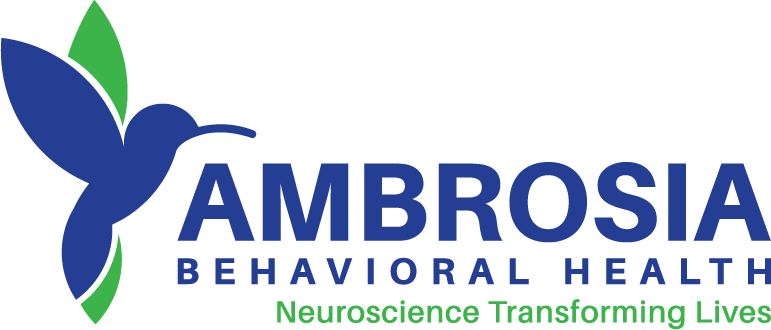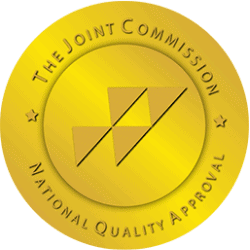Meth Addiction Symptoms
Methamphetamine, more commonly known as meth, is a highly addictive stimulant sold as the street drug, crystal meth. Meth can be injected, smoked, inhaled or taken by mouth. The following are common symptoms of methamphetamine use:
- Decreased appetite
- Increased wakefulness and activity
- Increase in respiration
- Euphoria
- Rapid heartbeat
With continued use, meth users begin to show more advanced signs and symptoms, like anxiety, inability to sleep and psychosis.
How long does a meth high last?
Meth is a stimulant that produces an energetic feeling of euphoria similar to that of cocaine –but the effects are more intense and last longer. Meth effects can last eight to 24 hours, depending on the user and the potency of the batch.
The Stages of a Meth High
Crystal meth takes the user through various stages of intoxication. The duration and the intensity of these stages vary depending on the method and dose. Generally, methamphetamine’s effects last much longer than other street drugs, especially other stimulants.
- The Rush – This is an intense euphoria that a person feels within a few seconds of snorting, smoking or injecting meth. The drug triggers the flood of dopamine, a pleasure hormone in the brain.
- The High – Immediately after the rush subsides, a person will shift into a lesser state of euphoria that can last up to 14 hours. The high includes rapid thinking and hyperactivity. Some people on meth may exhibit aggressive or argumentative behavior.
- Tweaking – Tweaking is considered the most dangerous stage of meth abuse. It occurs when a meth abuser goes several days without sleeping and increasingly grows frustrated, unstable and paranoid. Behavior can be very unpredictable during this stage, and many meth users lose touch with reality and develop meth psychosis.

What does meth do to your body?
Crystal meth side effects range from elevated body temperature and increased blood pressure to hyperactivity and psychosis. The following symptoms are synonymous with meth addiction and usually the most commonly known to non-users.
Meth Mouth
Meth mouth is the byproduct of users’ severe neglect of oral health and meth’s physiological symptoms. Meth mouth comes from cavities, severe tooth decay, gum disease and cracked teeth. With prolonged use, an addict’s teeth eventually fall out entirely. It is also known as having “meth teeth.”
Physiological symptoms of meth use, like grinding teeth and dry mouth, make dental problems worse. Most active meth users have poor diets and lack the resources to take care of their teeth. Methamphetamine users tend to clinch on their teeth, an involuntary condition known as bruxism. Other symptoms include red swollen gums, dry mouth and clenching and grinding of teeth.
Meth Withdrawal
Abruptly stopping crystal meth leads to withdrawal symptoms. The symptoms manifest as the immune system tries to detoxify the body. The symptoms can be severe and vary from behavioral, psychological, mental and physical. Symptom duration is determined by several factors, including how long person was addicted, the potency of the meth they were using and other biological factors.
The withdrawal symptoms usually begin at least 24 hours after the last dose. Fatigue is often the first symptom of meth detox, followed by depression, paranoia, anxiety, hallucinations and insomnia. One study published by the HHS showed that depressive symptoms during meth withdrawal stabilize during the second and third week of abstinence. When the individual stops using meth, their dopamine levels decrease. The same study found that cravings for methamphetamine dropped significantly by the end of the first week of abstinence, remaining at a steady, but lower rate for the following weeks.

Meth Induced-Psychosis
Meth-induced psychosis occurs when a person develops thoughts or hallucinations from prolonged meth use and lack of sleep. Signs of meth psychosis include social isolation, mood swings, aggressive behaviors, hallucinations, insomnia, paranoia, and hyperactivity. Sometimes, hallucinations and delusions can cause meth users to think someone is following them or that someone is reading their mind.
According to CNS Drugs, Meth-induced psychosis happens to about 40 percent of users. It occurs as a result of overproduction of dopamine hormone in the brain that is induced by methamphetamine. When combined with other factors such as insomnia or a genetic predisposition to mental illness, prolonged methamphetamine use can trigger a complete break away from reality.
Methamphetamine is neurotoxic, meaning that it can do permanent damage to the brain and nervous system. These effects can persist even after a long period of abstinence. Since cognitive deficits may affect the ability of the patient to respond to treatment, experts recommend that such interventions should employ approaches that enhance cognitive ability. It is also important to note that some meth-induced psychosis cannot be reversed.
Meth Mites
Meth users also experience meth mites, which are tactile hallucinations that give users the sensation that something is crawling on or under their skin. As a result, meth users tend to compulsively pick their skin, which causes open sores on the face and body. These sores often become infected, especially if the individual has poor hygiene and is malnourished. Wounds from meth mites heal after the individual stops using meth, but the skin will become scarred, appearing like an extreme case of acne (Frontiers in Neuroscience). Meth face sores are a tell-tale sign of long-term addiction.
Meth Babies
Perhaps the most tragic victims of methamphetamine abuse are babies born to mothers who use meth during pregnancy. When pregnant mothers use meth, babies are faced with a variety of problems, from behavioral issues to physical deformations. And, not all meth-affected newborns have symptoms the day they are born. One study from Neurotoxicology and teratology showed that babies who are exposed to the drug before they are born are more stressed and more likely to develop neurobehavioral problems.
The Faces of Meth
Methamphetamine has become synonymous with grotesque before and after pictures of users. These photos, which are often mugshots, show the deterioration of an individual throughout the stages of their addiction. Before and after meth pictures don’t only show the physical deterioration, but also capture the emotional consequences of drug abuse. Meth addict pictures are at the center of prevention campaigns by law enforcement and advocacy groups that want to show the harsh reality of this drug.





